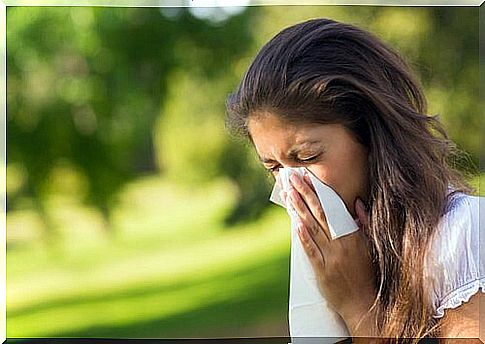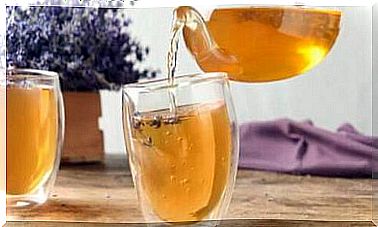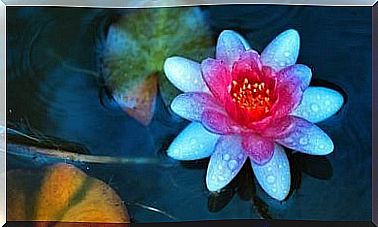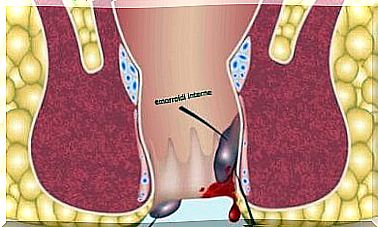Allergic Asthma: A Problem That Has A Solution

Spring allergy occurs due to the presence of pollen in the environment, which can inflame the bronchi of allergy sufferers. This concentration of pollen in the environment can cause acute episodes of allergic asthma.
Differences between asthma and spring allergy

The two situations, asthma and allergy, are related to each other. The allergenic principles, in this case pollen, have a significant influence on asthmatic patients.
Nonetheless, the problem is not the main causes of allergy, but the triggers of allergic asthma attacks.
The terms asthma and allergy should not be confused:
- Asthma is a chronic disease that consists of inflammation of the bronchi, which causes irritation and restriction, causing breathing difficulties.
- Allergy is an immune or defensive response to various substances, which usually does not cause any reaction.
Incidence of asthma
- Asthma is a disease that has a significant impact on public health due to the high mortality figures.
- The risk is high in children under the age of 15, being the most frequent disease in childhood.
- L ‘allergic asthma is more common among children.
Allergic asthma: the importance of treatment
When spring arrives, it is important for asthma patients to take the necessary precautions, especially because of the pollen.
Experts warn that treatment must not interfere in the life of the person suffering from asthma. The posology, therefore, must adapt to the patient’s daily life.
The use of inhalers, which are the most common drugs, is widespread. In addition to allowing you to take the right doses, the most modern products also have a simplified use.
Tips for controlling allergic asthma

- You need to know the pollen levels and forecasts of the area where you live.
- People prone to asthma and spring allergy must avoid exposure to pollen, minimizing trips to the countryside, parks, etc.
In addition, they must limit the time spent outdoors. Especially if in those days the environmental concentrations are sufficient to cause the symptoms of the problem.
- In the event of high environmental levels of pollen, it is not recommended to wear goggles and a mask.
- Homes need to be ventilated. The time of greatest risk of pollen entry is at sunset.
- It is necessary to check that the pollen filters of the machine and of the air conditioner are correctly installed and working well.
Diagnosis of allergic asthma
Asthma can be diagnosed with specific respiratory function tests, in which an analysis of air obstruction is done.
Among these tests we remember the respiratory function, bronchodilation, the bronchial provocation test, skin studies and analyzes, the evaluation of allergen principles in the blood, etc.
Treatment of allergic asthma

The first thing to do to treat asthma is to control the substances that cause it. Contact with allergen agents should be avoided as much as possible.
Some medicines relieve the symptoms caused by asthma attacks. They are called symptomatic medicines. While they do not extinguish the causes of the disease, they serve to alleviate the symptoms.
Medicines can be of two types:
- Those with chronic use are used to palliate glucose inflammations and avoid asthma attacks.
- Medicines for the most acute spring crises, such as corticoids, bronchodilators, theophylline, etc.
The allergy vaccines and immunotherapy
These vaccines consist in gradually injecting small doses of allergens into the patient in order to reduce or eliminate sensitivity to them. In this way, subsequent asthmatic reactions can be avoided or minimized.
In most cases, treatment lasts between 3 and 5 years.
Immunotherapy is usually used in cases of allergic asthma caused by sensitization to pollen, dust mites, animal epithelia, or certain fungi.
This treatment is the only one recognized by the WHO as effective in modifying the normal course of allergy and asthma.









